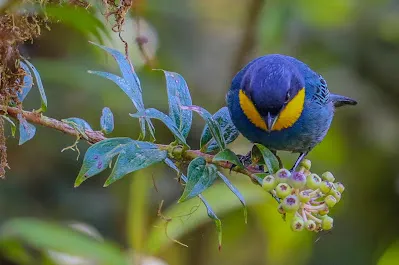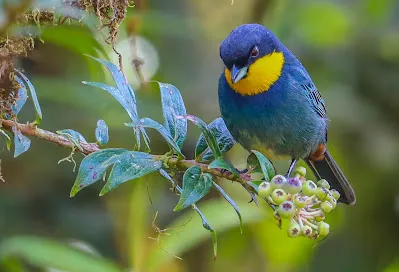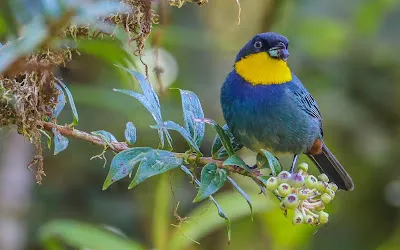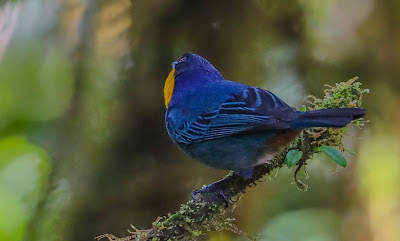The Breathtaking Purple-Tan Beauty: Iridosornis porphyrocephalus
The Purplish-Mantled Tanager: A Hidden Gem of the Andes
In my previous posts about the chestnut-bellied flowerpiercer, Munchique wood-wren, gold-ringed tanager, and tanager finch, I highlighted birds that particularly thrilled my guide. Comparing their observation numbers, photos, and recordings with other species in the same area showed just how rare and special these sightings were.

The purplish-mantled tanager, though slightly outside the spectacular realm of those four, still comes close. According to Birds of the World, this striking bird boasts 5,126 recorded observations—far surpassing the chestnut-bellied flowerpiercer (1,223) and the gold-ringed tanager (2,345). However, it pales in comparison to the red-headed barbet (44,151) and the crimson-backed tanager (99,498), with just 12% and 5% of their respective observation counts.

This beautiful bird’s Birds of the World entry offers far more information than the single-paragraph summary on Wikipedia. Found primarily in wet, mossy forests along the western slopes of the Western Andes, it also inhabits small portions of the eastern slopes, the western slope of the Central Andes, and stretches into northwestern Ecuador. Due to its limited range and threats from habitat loss, the IUCN lists it as Near Threatened.

Visually, the purplish-mantled tanager is stunning. Its bright yellow throat contrasts vividly with the purple to purplish-blue crown, sides of the head, and back (the mantle refers to the nape and upper back). The undertail coverts are chestnut, while the lower breast and belly shift to buff or yellowish tones. Black dominates the wings, tail, and eye mask, with hints of purplish-blue, greenish, and whitish shades adding an iridescent touch to its sides.

This tanager may not garner the same attention as some of its more frequently observed counterparts, but its beauty and ecological significance make it a treasure of the Andes.

